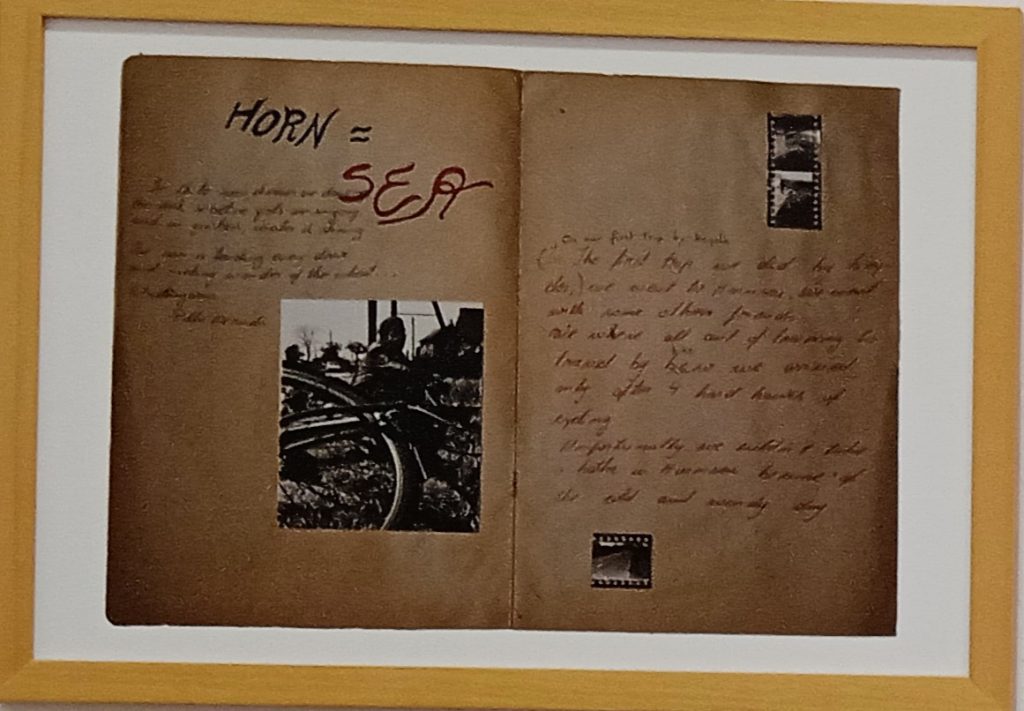Krispin Joseph PX
We may not know anything about the dictatorship, or we know it very well; have we gone through it silently? Our understanding of General Augusto Pinochet’s dictatorship in Chile is insufficient to define or identify the artwork related to that subject. We all are far away from the horrors of the Pinochet regime (experiencing other horrors?), in another period and geographical location.
Chilean-born Wales-based artist, Sebastian Bustamante’s work tells us horror stories from another time and places we didn’t encounter directly. In this four-layered work, Sebastian displays family albums photographs, photos of the relatives of the disappeared people from Chile, a video documentary, and postcards; the audience can write a letter to home.
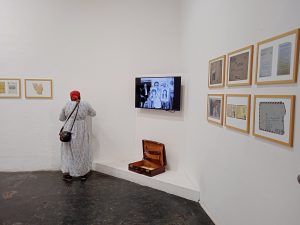
Sebastian is a photographer, curator and researcher who has published art writings in academic journals and blogs. Now he focused on memory, place, archives, and identity. In 2006, Sebastián began a longitudinal transnational project researching his identity and the legacies of dictatorships in Latin America, using archival materials and photography, composing scholarship on the gap between art, memory, and activism in project El Otoño. Sebastian Bustamante’s work ‘the autumn’ is displayed in ‘communities of Choice’ in TKM Warehouse as an invitations program of Kochi Muziris Biennale, presented by Chennai Photo Biennale and Ffotogallery Wales collaboratively.
In this project, Sebastian addresses the complex idea of the identity of the people who lost everything in dictatorship and runway from their homeland or vanished evermore. Sebastian uses family album photographs of the parents when they are in Chile and exile in one layer of this project to argue how political tyranny reflects in personal life, and sometimes personal life symbolically denoting the country’s political dogma. People were triggered to run away from Chile, especially Allende’s supporters, just after the Pinochet regime started in 1973. Pinochet’s regime brought many crimes jointly; kidnapping, random custody, torture, executions, and executed disappearances were familiar in Chile for the entire rule.
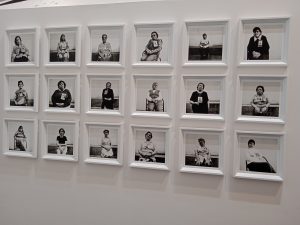
Disappeared) members who lost someone from their life forever. They carry the image as a badge with them.
Sebastian visually demonstrates the horrors of autocracy precisely by picturing the family album. In the family album, there are numerous bypassing links between images; even artists claim anyone can enter this work from anywhere, and there is no finite beginning or end. Sebastian’s father’s detention, his parents voyaged to the capital without disclosing anyone; they photographed each other when they were in hiding and exiling. Both photographs are used in one frame, and the artist noted, ‘the light that day a serenity amidst the uncertainty. One letter from Austral University addressed Luis Bustamante Galvez in Spanish, informing us that the artist’s father lost his job as a librarian at the university because of his political affiliations, and many people lost jobs and were backlisted from the job.
Artists’ parents are bibliophiles; they carry books when they run away from Chile, one Spanish Golden Age literature and books on semiotics. And they start to study Hispanic Literature at the University of Hull. There are many exciting and incredible materials displayed in this show, and the way things create an aura is amusing. But the irony is all materials carry a horrible past and memory in various volumes and depths.
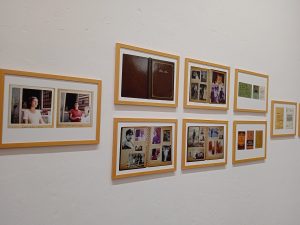
The peace dove image is touching in the show; the Chilean community in Uk sells the jewellery carved by political prisoners in the animal bone to raise money and secure their release from jail. No one may not understand the materiality of peace doves in the exhibition, how political they are, and how essential they are to telling the story of the horrible history. According to the artist, leaving Chile was a Kafkaesque affair because his parents tried to escape Chile after his father’s detention. Sebastian’s parents dressed smartly that day, and his father is clean shaven.
The artist uses his mother’s language lessons scrapbook because she didn’t know English when she reached Hull after a long journey from Chile. She started to learn English; in the scrapbook photographs, we can see the writings of Chilean poet Neruda and the red pen notations marked by her teacher. The artist’s parents’ album photographs tell the audience about the horrible things that layered a terrible layer in the show. Personal is not private but political when exhibited or displayed in a specific way and fashion.
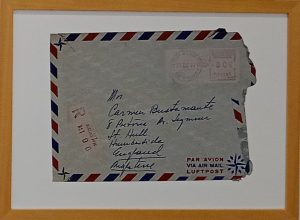
The second layer of the project is older women photographs, who are the relatives of the disappeared people from Chile during General Pinochet’s regime. Sebastian photographed Chile’s Association of Relatives of the Detained Disappeared (AFDD) members. He included the part of this show that tells us an ironic story of the appeared people of disappeared people—their appearance representing who disappeared from Chile in the dictatorship time.
Disappeared people appear as a badge of the relatives in these photographs, and they ask the question, ‘where are they’ frequently, and one woman told artists she loved carrying an identity card and did not leave the house without it. AFDD try maintained the role of the human right group in Chile and fought against underfunding and negligence by the post-dictatorship government regarding the memory of their loved one.
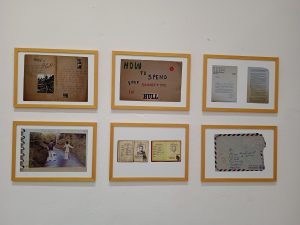
The Great Avenues is a 7.18 minutes sound and image documentary, the third part of this project; the artist use images and sounds taken from the protest at Patio 29, a monument to the disappeared. Allende’s final broadcast speech on Radio Magallanes and the sound of the Hawker Hunters bombing the palace used in this video frequently plays a part in this project.
In the fourth layer of the project, the artists invite the audience to respond and engage with postcard writing. Anyone can write a letter to home if you are missing the home. Hundreds of postcards have been written by people; the audience’s engagement is growing with the Biennale crowd. Artists intend to remember the parent’s exile from Chile to the UK, and the suitcase represents the journey of the parents’ exiles. The suitcase is always an emblem of voyage, migration, displacement and exile in human history, and that story is retold here in voices for the audience because they are away from their home.

Krispin Joseph PX, a poet and journalist, completed an MFA in art history and visual studies at the University of Hyderabad.

